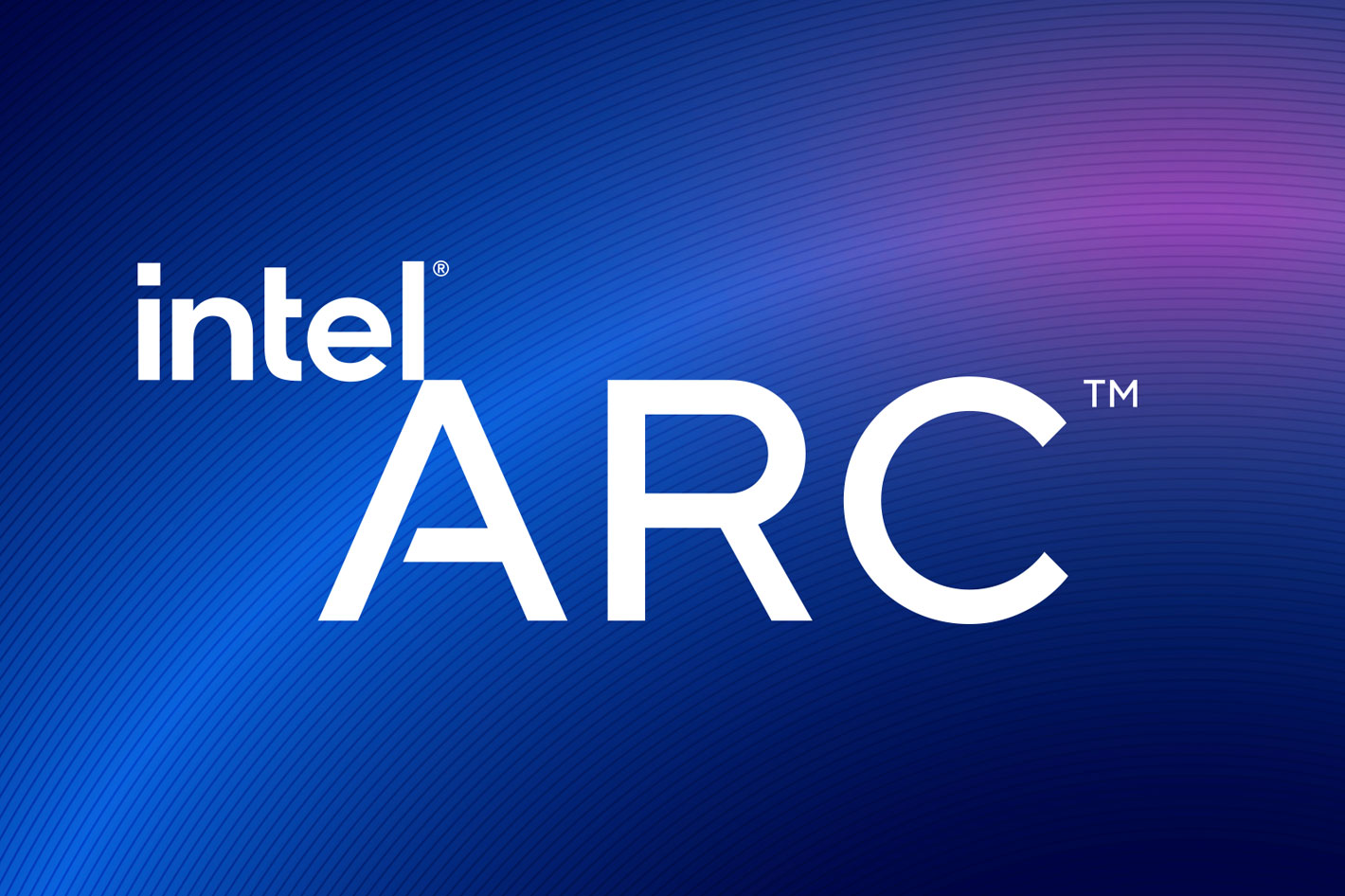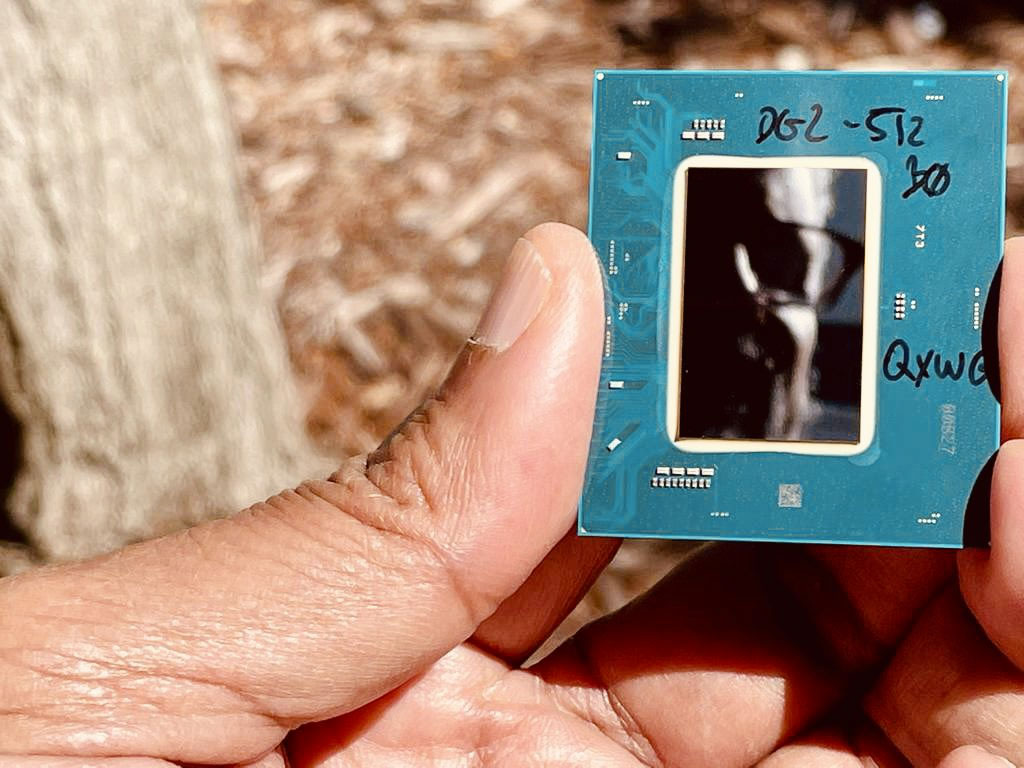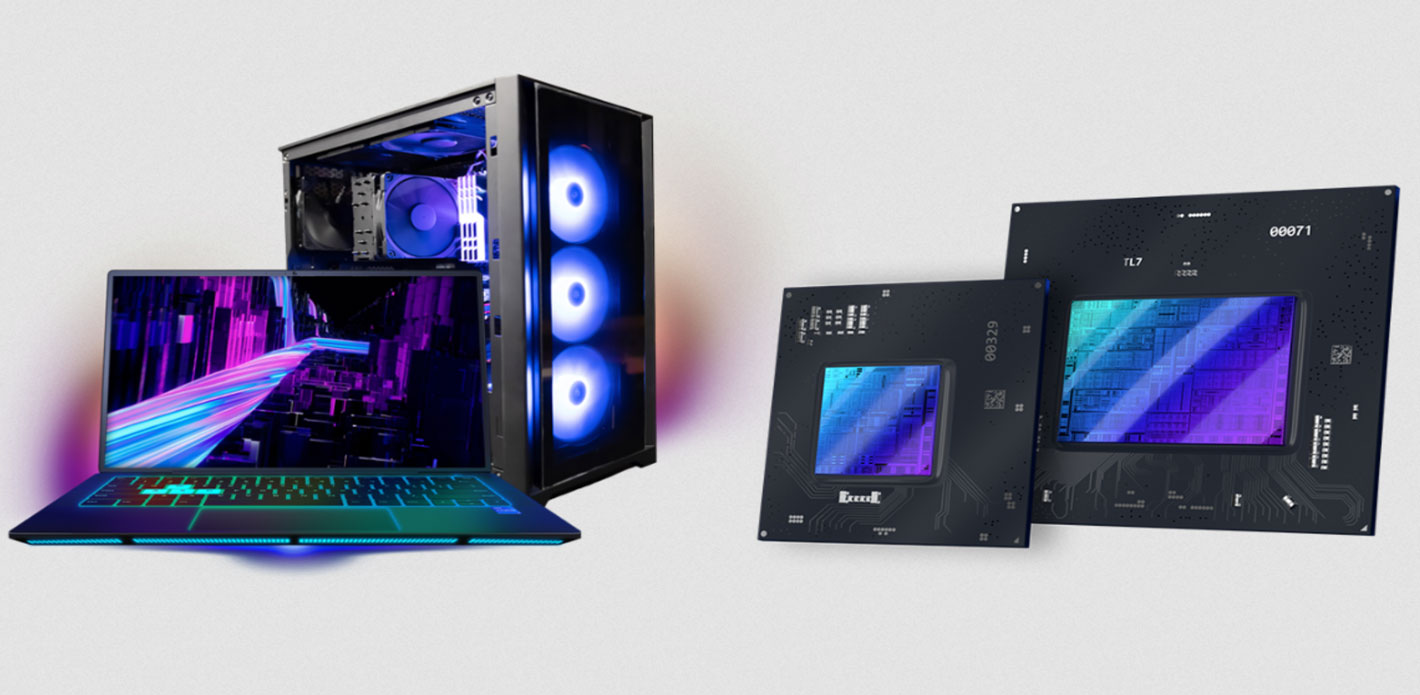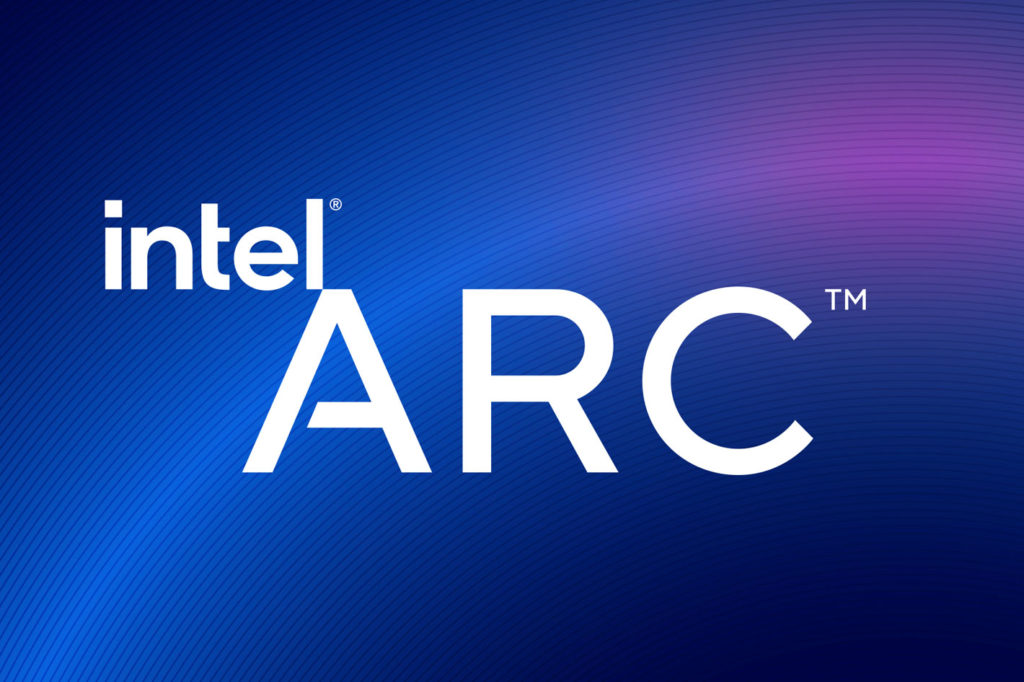 Intel is back on discrete graphics: the first generation of Intel Arc products, will feature hardware-based ray tracing, artificial intelligence-driven super sampling, and offer full support for DirectX 12 Ultimate.
Intel is back on discrete graphics: the first generation of Intel Arc products, will feature hardware-based ray tracing, artificial intelligence-driven super sampling, and offer full support for DirectX 12 Ultimate.
Intel revealed this month the brand for its upcoming consumer high-performance graphics products: Intel Arc. The Arc brand will cover hardware, software and services, and will span multiple hardware generations, with the first generation, based on the Xe HPG microarchitecture, code-named Alchemist (formerly known as DG2). Intel also revealed the code names of future generations under the Arc brand: Battlemage, Celestial and Druid.
“Today marks a key moment in the graphics journey we started just a few years ago. The launch of the Intel Arc brand and the reveal of future hardware generations signifies Intel’s deep and continued commitment to gamers and creators everywhere. We have teams doing incredible work to ensure we deliver first-class and frictionless experiences when these products are available early next year.” Said Roger Chandler, Intel vice president and general manager of Client Graphics Products and Solutions.
This is not the first time that Intel enters the graphics cards market. They previously tried, back in 1998, with the i740, an AGP-only graphics card that hardly anyone remembers. This time, though, they may have better chances, as the upcoming Intel Arc graphics products are based on the Xe HPG microarchitecture, a convergence of Intel’s Xe LP, HP and HPC microarchitectures, which will deliver scalability and compute efficiency with advanced graphics features. Alchemist, the first generation of Intel Arc products, will feature hardware-based ray tracing and artificial intelligence-driven super sampling, and offer full support for DirectX 12 Ultimate.
 From jittery journeys to buttery smooth
From jittery journeys to buttery smooth
While not much is known by now about how the Intel ARC graphics cards are to compete with NVIDIA and AMD products, the fact that the first videos and demonstrations shown by Intel use video games clearly indicates that’s the market the company wants to reach. It is also not clear, yet, if you’ll be able to buy your own Intel Arc graphics card to use in your system, but one thing Intel has confirmed: the first silicon will appear in products in the first quarter of 2022, in both mobile and desktop form factors.
Even though the Intel Arc brand appears under the Intel Gaming umbrella, these cards are not just for gamers, but for anyone wanting powerful solutions in terms of graphics. While announcing that “the journey begins” now, Intel adds that “the new Intel Arc Graphics Solutions will deliver high performance gaming, immersive visuals, and seamless game streaming & creation experiences. Coming soon.”
Intel’s first experience with discrete graphics card was a disaster, as the Intel740 or i740, released in 1998 to promote de AGP port, failed to compete with the popular PCI products when it came to real-world performance. But the story may be different now, as anyone who has followed the news in recent years may well be aware of. It all started in 2017, when Raja Koduri, head of AMD’s Radeon Technologies Group, left the company, suddenly, to rapidly appear at Intel.
Raja Koduri, who is now SVP, Chief Architect, and GM for Intel Architecture, Graphics, and Software, wrote on Twitter, last June, that “Xe-HPG (DG2) real candy – very productive time at the Folsom lab couple of weeks ago”, adding a comment from Roger Chandler saying that “From jittery journeys to buttery smooth”, a clear indication of the development of Intel’s new GPU.
 Hiring people from AMD and NVIDIA
Hiring people from AMD and NVIDIA
Raja Koduri is not the only ex-AMD employee hired by Intel. Devon Nekechuk, who was AMD’s Senior Manager of Product Management since 2017, responsible for managing Radeon GPUs, joined Intel in February 2019, where he is Graphics Product Director. Also in 2019 Tom Petersen, an engineer that landed at NVIDIA in 2005, and a longtime Director of Technical Marketing at the company, left to join the GPU group at Intel.
The most recent name added to the graphics cards department of Intel is Anton Kaplanyan, who is now the new VP of Graphics Research. A note on Intel’s website states that “Anton Sergeyevich Kaplanyan has had an amazing career spanning all aspects of graphics technology. From a PhD in light transport to creating graphic technologies for Pixar and innovating VR visuals at Oculus, read how his amazing career journey has led Anton to a new position at Intel as VP of Graphics Research—and why he believes that Intel is poised to be at the forefront of a new era of graphics technology.”
Anton Kaplanyan wrote, in a blog note published by Intel this August, how is career led him to work with NVIDIA “on the (back then) next-generation RTX hardware design for real-time ray tracing” and also how he started experimenting with VR headsets, “and was astonished by how easily VR can trick the human visual system. This excitement about neural and perceptual graphics got me interested in the evolving media of VR and AR headsets and the graphics research problems therein.”
 Movie-quality visuals on a wide range of devices
Movie-quality visuals on a wide range of devices
Anton Kaplanyan believes that “recent advances in neural graphics, ray tracing, cloud computing, perceptual and differentiable rendering, materials and lighting, appearance modeling, as well as in commoditized content creation require a transformation of the current graphics platform. This gives us an opportunity to not only completely reinvent how we co-design graphics hardware and software with these technologies in the driver’s seat, but also to look at a larger picture of a potentially novel graphics ecosystem that can include heterogenous distributed systems and multi-level compute for movie-quality visuals on a wide range of consumer devices. I believe these new demands and technologies make graphics one of the most exciting fields to be in.”
With so many exciting paths to explore, it makes complete sense that Intel felt the time was right to reveal not only its future solutions in terms of discrete graphics cards, but how the team behind the project feels about the Intel Arc project. That the reason why the company shared, this month this note: “We can’t keep it a secret any longer! So excited to introduce the brand for our High-Performance Graphics: Intel Arc. Find out more.”
We may well be on the verge of something new. Stay tuned for more information arriving later in 2021, as Intel reveals more about its return to this segment of the market.

Filmtools
Filmmakers go-to destination for pre-production, production & post production equipment!
Shop Now













